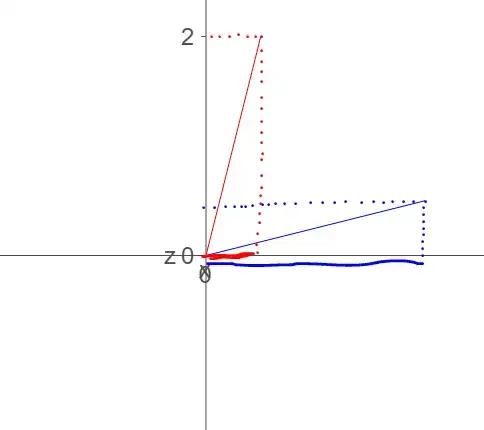I'm trying to separate common concepts of time from the use of time as a standard measurement in physics.
One thing I'm struggling to define is the "rate of the passage of time". For example, commonly we might say that something happens, or has the rate of, "every day". But "every day" isn't a rate "of time".
Let's use the example of a CPU clock "speed". "Speed" is loosely defined in physics as the distance traveled per unit of time. In the case of CPU clock speeds, the speed is the number of clock cycles the CPU can perform per second. But a second isn't a measurement of time. A second is a measurement of the rotation of the Earth. Therefore, the CPU clock speed is more accurately defined as, "the number of clock cycles the CPU can perform in 1/86,400th rotations of the Earth". It's simple substitution. The second is a portion of a minute, is a portion of an hour, is a portion of a day. A day is defined as 1 rotation of the Earth. Any relationship that the rotation of the Earth has to another "dimension" or "force" called "time", seems to be an assumption.
According to my understanding of physics, the current belief is that "time" is passing at varying rates "all the time" depending on different circumstances. "Time is passing more slowly" for objects that are larger (or vice-versa) or time is passing more quickly for objects that are experiencing more gravity (or vice-versa). So, if we've had this assumption that the Earth's rotation happens at a constant rate of the passing of time, which rate of passing time have we been... standardizing the Earth's rotation against? If 1 rotation of the Earth is equal to x units of a force called time "passing by", then are we using the rate at which time passes when it's experiencing more gravity or less gravity?
So, my conclusion thus far is that we've just been confusing time with the relatively constant motion of physical objects. Like two lights blinking at different but consistent rates. They don't blink in rates of time, they blink in rates of each other, because each of them is relatively constant. The fast light blinks 3 times for every 1 blink of the slow light. And somehow we've assumed that there's a third underlying force which is also passing by at a consistent rate where really none exists.
So, what instrument have we used to measure the rate at which a fourth dimension passes by? We have devices that compare the rates of one object in the three dimensional world with the rates of other objects in the physical world, but as far as I can tell we're always comparing the rate of one object in the three dimensional world against the rate of another object in the three dimensional world. I can't tell where a 4th dimension fits into the equation. Examples:
Carbon 14 has a half life of 5,730 revolutions of the Earth around the Sun.
The gestation period for a human baby is approximately 252 rotations of the Earth.
2,091,450 rotations of the Earth is approximately the half life of a Carbon 14 atom.
At this point Microsoft Excel would throw a "Circular Reference" error. What is physics doing differently?
